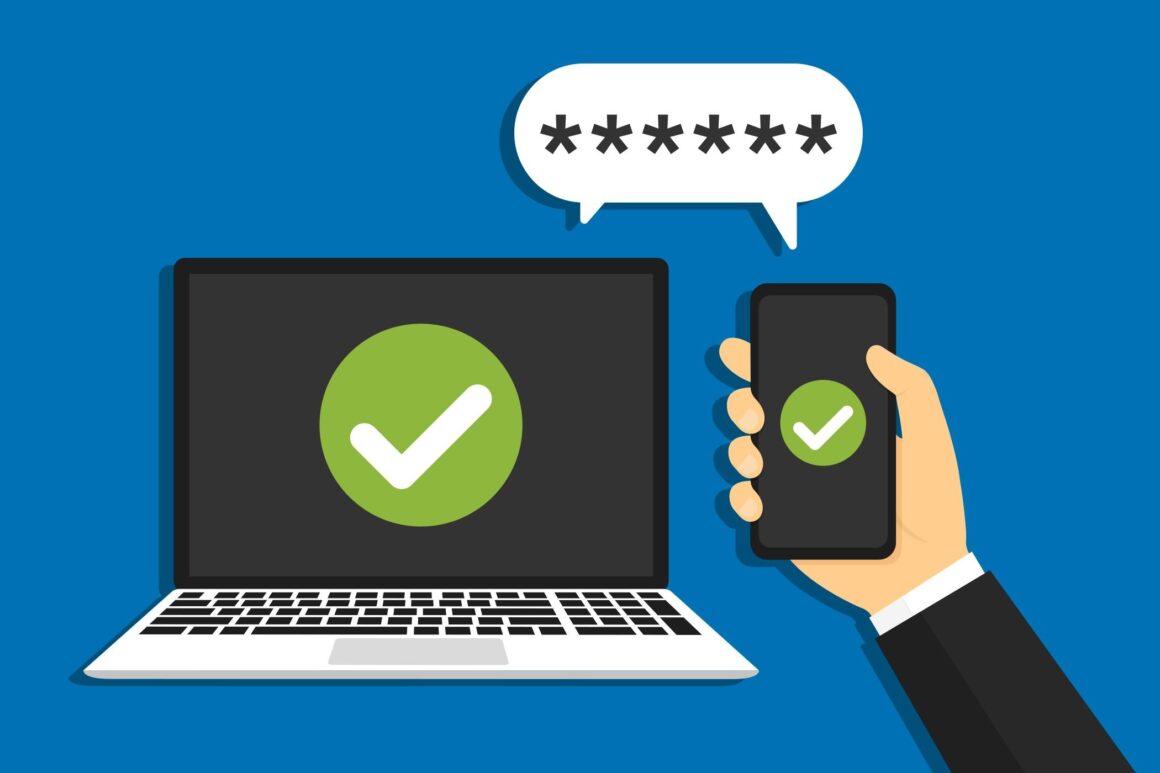For small business owners, utilizing technology is a crucial component of day-to-day operations. However, investing in technology solutions can be costly, leading many businesses to seek out IT hacks. In this article, we’ll explore some of the top small business IT hacks that can optimize technology usage while saving money.
1. Cloud Services

Cloud IT services have become increasingly popular for small businesses due to their cost-effectiveness and convenience. By using cloud services, small business owners can store and access their data, software, and applications remotely, eliminating the need for expensive hardware and infrastructure. Additionally, cloud services offer added security, as data is stored remotely and can be accessed from anywhere with an internet connection.
The potential pros of using cloud services include cost savings, increased security, and scalability. Cloud services are typically less expensive than investing in physical hardware and infrastructure, and they can be scaled up or down as needed. Additionally, cloud services offer enhanced security measures, such as encryption and data backups, which can protect against data loss and breaches.
However, there are also potential drawbacks to using cloud services. The reliance on an internet connection can lead to connectivity issues and potential downtime. Additionally, the security of cloud services may still be vulnerable to cyber attacks, and small business owners may face limited control over their data and applications.
2. Automating Routine Tasks
Automating routine tasks can save small business owners time and increase efficiency. By using software like QuickBooks or Xero for accounting and invoicing, small business owners can eliminate repetitive tasks and focus on more important aspects of their business.
The potential pros of automation include time savings, increased accuracy, and enhanced productivity. By automating routine tasks, small business owners can reduce the risk of errors and improve their overall productivity. Additionally, automation can free up time for small business owners to focus on more important tasks, such as sales and marketing.
However, there are also potential drawbacks to automation. The initial setup and ongoing maintenance of automation software may require technical expertise, and errors may still occur due to lack of human oversight. Additionally, some small business owners may face resistance from employees who are resistant to change or unfamiliar with the automation software.
3. Two-Factor Authentication

Two-factor authentication is an effective IT hack that adds an extra layer of security to a small business’s data. By requiring users to provide two forms of identification before accessing an account or system, small business owners can reduce the risk of data breaches and unauthorized access.
The potential pros of two-factor authentication include increased security and reduced risk of data breaches. By implementing two-factor authentication, small business owners can protect their data and prevent unauthorized access. Additionally, two-factor authentication can enhance the trust and credibility of a small business among its clients and customers.
However, there are also potential drawbacks to two-factor authentication. The additional step of providing two forms of identification can create additional hurdles for users, potentially leading to frustration or confusion. Additionally, small business owners may face additional costs and administrative burdens associated with implementing two-factor authentication.
4. Open-Source Software

Open-source software offers a cost-effective solution for small business owners who need to use software for tasks like word processing, image editing, and website design. Open-source software is free to use and can be customized to fit the specific needs of a business.
The potential pros of open-source software include cost savings and increased flexibility. By using open-source software, small business owners can save money on licensing fees and have greater control over the software’s features and functionality. Additionally, open-source software is community-driven, so small business owners can benefit from frequent updates and improvements.
However, there are also potential drawbacks to open-source software. The need for customization may require technical expertise or additional time and resources. Additionally, open-source software may lack the same level of support and features as commercial software options.
5. Leveraging Social Media

Social media platforms like Facebook, Twitter, and LinkedIn offer a cost-effective way for small business owners to connect with customers, promote products or services, and build brand awareness. With over 3 billion social media users worldwide, social media platforms offer an opportunity to reach a large and diverse audience.
The potential pros of social media include increased brand awareness, customer engagement, and lead generation. By leveraging social media, small business owners can increase their brand’s visibility, engage with customers, and generate leads for their products or services. Additionally, social media platforms offer cost-effective advertising options, allowing small business owners to reach a larger audience at a lower cost.
There are also potential drawbacks to social media. Developing a successful social media strategy requires time and effort, and analyzing engagement metrics can be challenging. Additionally, social media can be time-consuming, and small business owners may struggle to balance social media management with other business responsibilities.
6. Embracing Remote Work

Remote work has become increasingly popular for small businesses due to its cost savings and flexibility. By allowing employees to work from home, small business owners can save money on office space and offer greater flexibility for their employees.
The potential pros of remote work include cost savings, increased flexibility, and improved work-life balance. By embracing remote work, small business owners can save money on office space and equipment, offer greater flexibility for their employees, and improve work-life balance. Additionally, remote work can lead to increased productivity and employee satisfaction.
There are also potential drawbacks to remote work. Remote work requires reliable technology, such as video conferencing software, cloud storage solutions, and project management tools. Additionally, remote work can lead to communication challenges and difficulties with team collaboration and supervision.
7. Utilizing Virtual Assistants
Virtual assistants can be a cost-effective way for small business owners to streamline their operations. Virtual assistants can handle routine tasks like email management, appointment scheduling, and data entry, allowing small business owners to focus on higher-level tasks.
The potential pros of virtual assistants include cost savings and increased productivity. By hiring a virtual assistant, small business owners can save money on overhead costs and increase their productivity. Additionally, virtual assistants can handle time-consuming tasks, freeing up time for small business owners to focus on more important tasks.
Unfortunately, there are also potential drawbacks to virtual assistants. Virtual assistants may face communication and language barriers, potentially leading to miscommunication or errors. Additionally, virtual assistants may require initial training and ongoing supervision to ensure that tasks are completed accurately and on time.
8. Investing in Cybersecurity

Investing in cybersecurity measures is a critical IT hack for small businesses. Cyber attacks can result in data breaches, financial losses, and damage to a business’s reputation.
The potential pros of investing in cybersecurity measures include increased security and reduced risk of data breaches. By investing in firewalls, antivirus software, and regular data backups, small business owners can protect their businesses from cyber threats. Additionally, educating employees on cybersecurity best practices can help reduce the risk of human error and improve overall security.
There are also potential drawbacks to investing in cybersecurity measures. Cybersecurity measures require ongoing maintenance and may create potential communication barriers for employees. Additionally, some cybersecurity measures may require technical expertise or additional costs.
In conclusion, small business owners can benefit from utilizing these top IT hacks to optimize their technology usage and save money. However, it is important for small business owners to carefully consider the potential pros and cons of each hack before implementing them into their business strategy. By making informed decisions, small business owners can effectively leverage technology to grow their businesses and achieve their goals.


